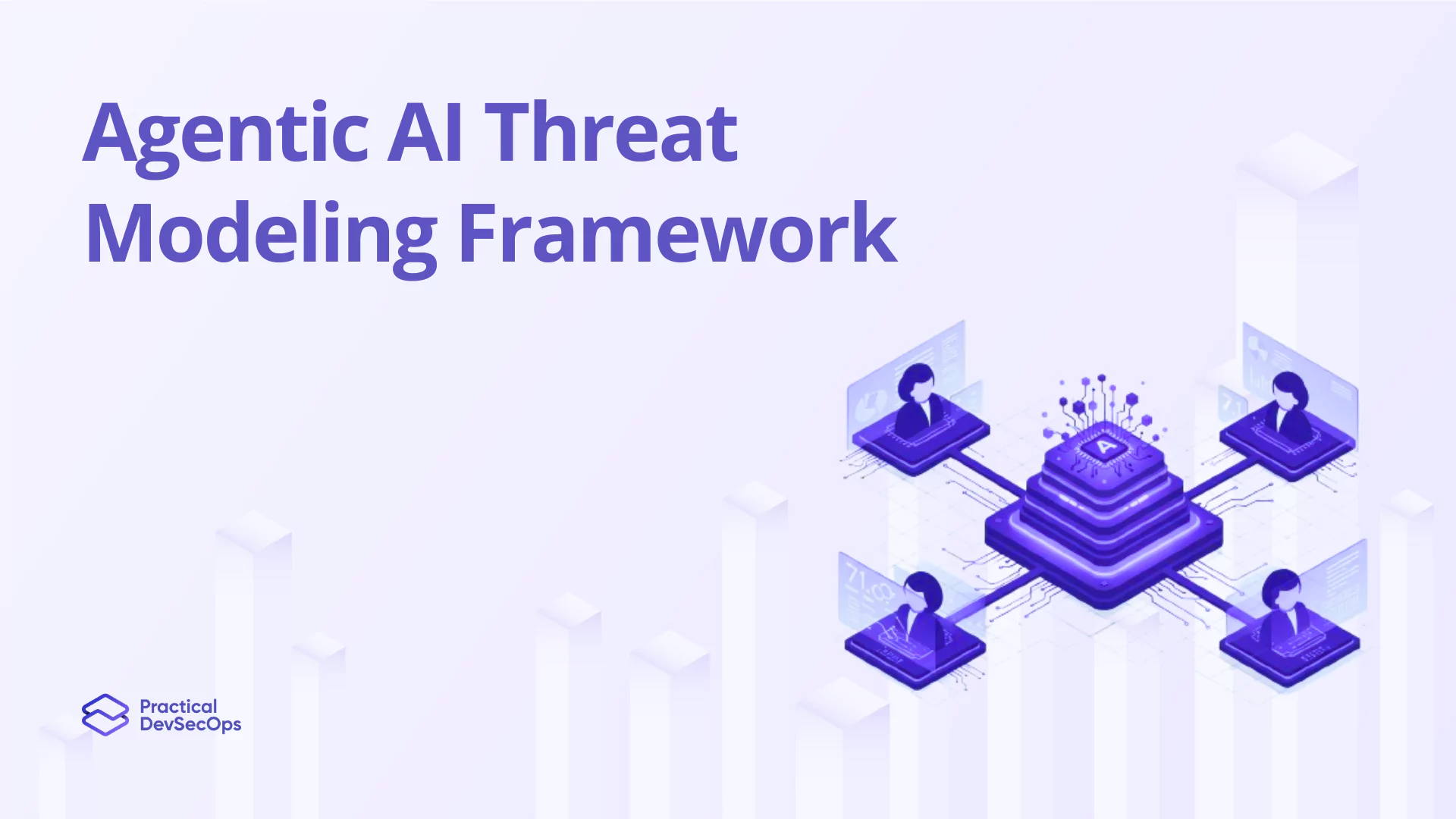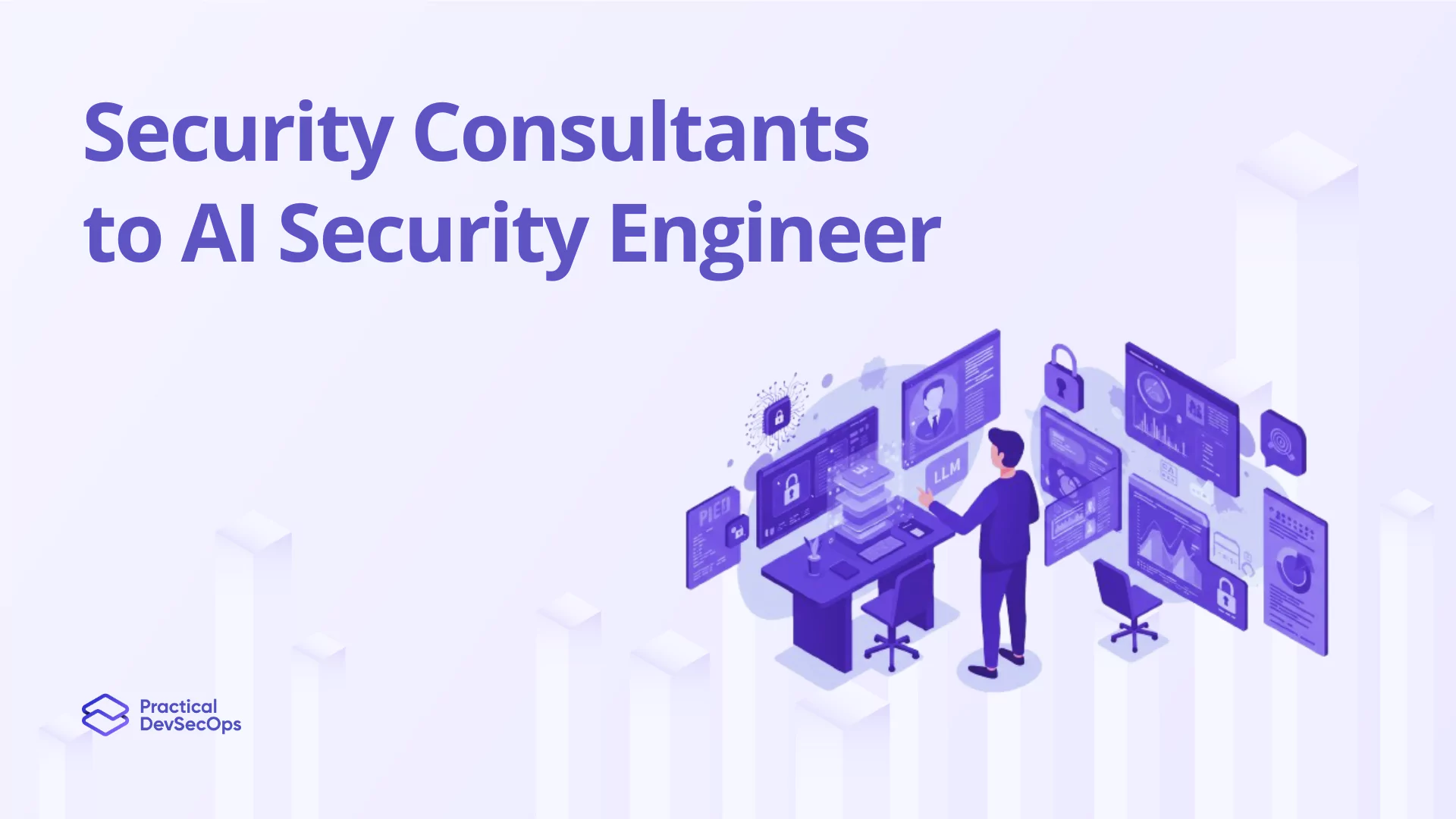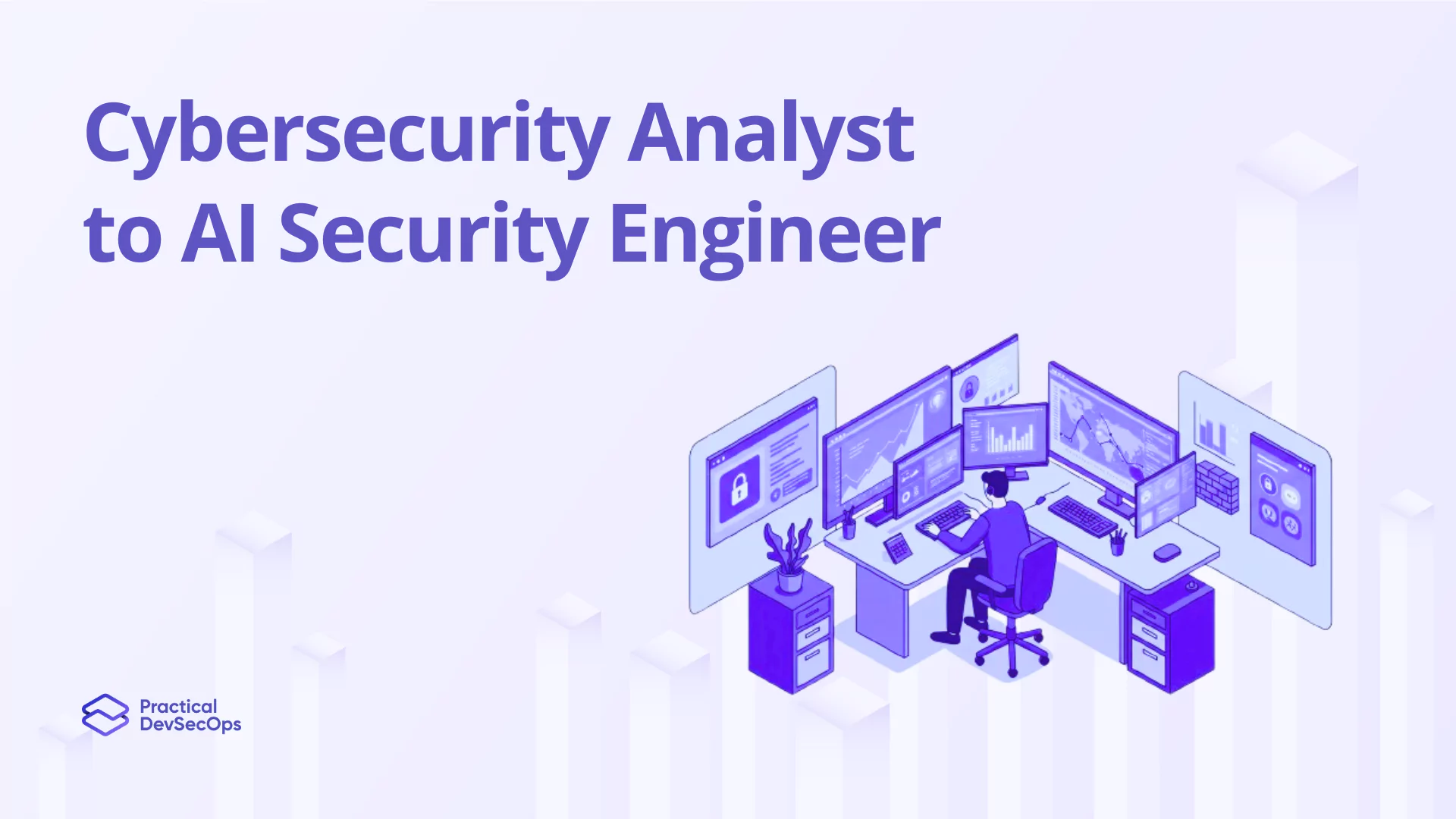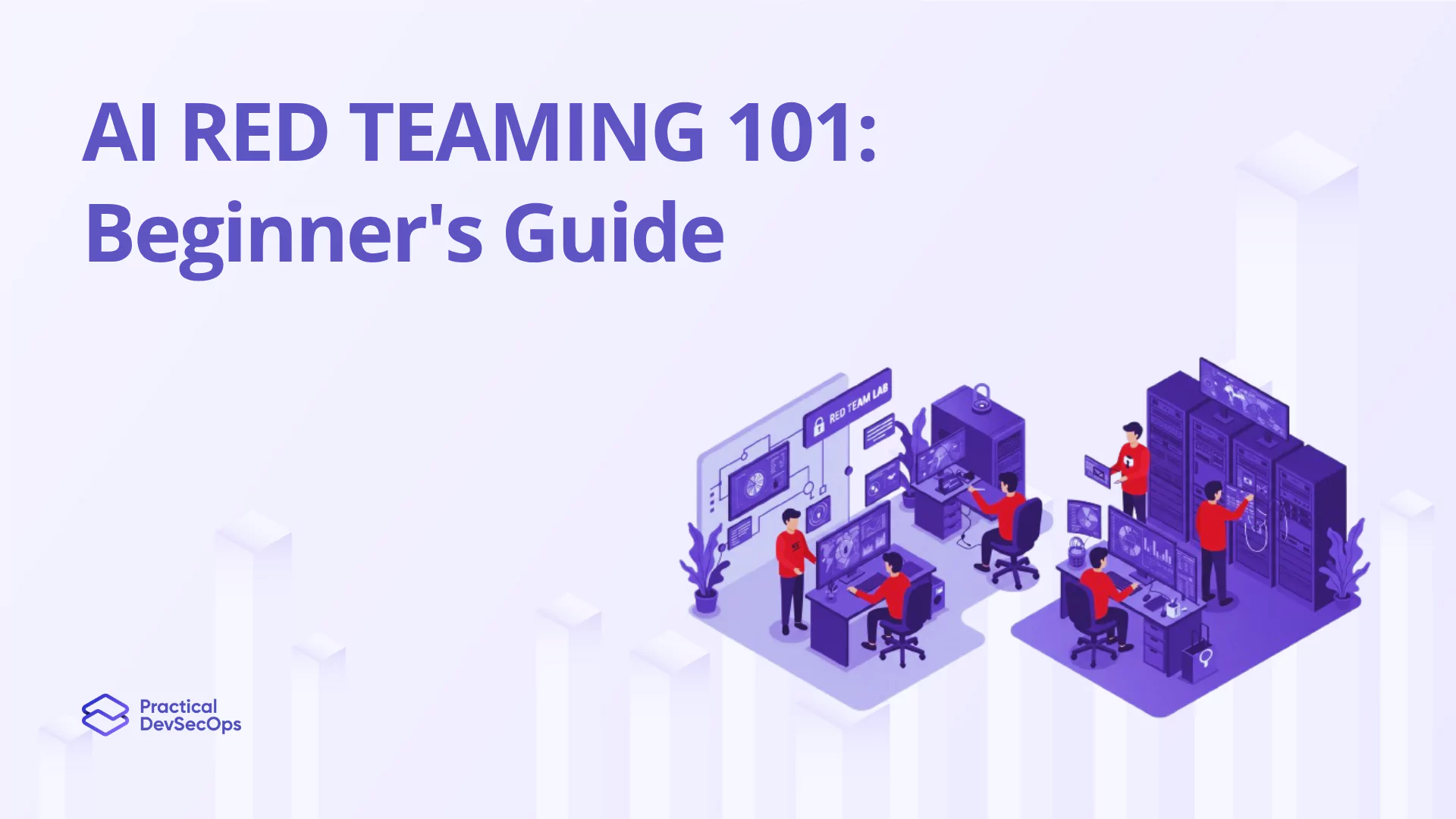AI is disrupting the security landscape in many ways, and traditional threat models are no longer relevant to modern organizations.
New threats are emerging from AI systems that learn, adapt, and act autonomously, because legacy security responses are unable to adequately defend against intelligent, evolving, and unpredictable AI-enabled systems.
MAESTRO will introduce a new framework for managing AI security risks, enabling organizations to detect and mitigate AI-specific vulnerabilities, enhance defenses, and quickly respond to dynamically evolving attack strategies, thus empowering organizations with the capabilities to thrive in the new era of AI-enabled security.
Also read about Dread Threat Modeling
How can you effectively understand and
Apply Threat Modeling Fundamentals?
Core Principles of Threat Modeling
Threat modeling can be used to identify threats, and the goal is to reduce the risk. Security is critical because traditional threat modeling approaches are pretty decent. Some old tools are STRIDE, PASTA, and LINDDUN; however, traditional approaches cannot be used for AI because AI is dynamic.
It is very difficult to perform threat modeling on AI; thus, self-learning AI makes this hard. We need new ways of doing threat modeling for AI; therefore, we must develop new methods to address this challenge.
The Need for AI-Centric Threat Modeling
Traditional security practices are inadequate to analyze AI systems. They are unable to identify adversarial attacks, spot data poisoning, and detect model manipulation.
AI introduces new attack points, such as data pipelines; it creates a new attack points for model updates. Threat modeling must evolve to match the pace of AI; therefore, traditional security practices are capable of analyzing AI systems.
Also read about the Threat Modeling Life Cycle
What are the key differences between traditional and modern threat modeling frameworks?
There are several approaches to threat modeling, and each has its advantages and disadvantages. Each approach is suited to certain tasks better than others, so threat models are not well suited for AI systems. Some common approaches and how they apply to AI are listed below because they are required to understand the limitations of threat modeling in AI systems.
| Framework | Strengths | Application Scenarios | Limitations in AI Contexts |
| STRIDE (Spoofing, Tampering, Repudiation, Information Disclosure, Denial of Service, Elevation of Privilege) | Clear categorization of threats; widely adopted | Static systems, software development | Struggles with dynamic, autonomous AI behaviors and multi-agent interactions |
| PASTA (Process for Attack Simulation and Threat Analysis) | Risk-centric, focuses on attacker perspective | Complex systems requiring detailed risk analysis | Difficult to integrate AI-specific threats like model poisoning or learning manipulation |
| OCTAVE (Operationally Critical Threat, Asset, and Vulnerability Evaluation) | Emphasizes organizational assets and processes | Enterprise-wide security planning | Limited scalability and adaptability for fast-evolving AI environments |
| VAST (Visual, Agile, and Simple Threat Modeling) | Agile-friendly, strong visualization tools | Agile development teams, rapid iteration | Visualization alone doesn’t address AI-specific threat vectors or model dynamics |
This demonstrates that previous approaches are useful as a starting point, and they do not address the emerging and evolving risks facing AI.
What is the MAESTRO Framework, and how does it help with modern threat modeling?
MAESTRO is a novel threat modeling framework, and it was designed for AI-based systems. It is layered and modular; thus, it covers all aspects of an AI agent’s behavior and interaction.
It contrasts with existing frameworks because it addresses risks for AI, and it emphasizes continual monitoring. Likewise, it adapts to shifts in AI agent behavior; therefore, it is a great way to protect the modern, evolving AI systems, so it provides a comprehensive solution for AI security.
MAESTRO Architecture and Components

What are the key advanced considerations in threat modeling agentic AI systems?
Unique Threat Vectors in AI Systems
Model-Specific Threats
There are also some special issues that are unique to AI models, and adversarial attacks can be used to fool the model. Data poisoning can be used to corrupt the model’s training data, so model extraction can be used to steal the logic or IP of the model.
These issues make AI models vulnerable and easy to cheat because they are unique to AI models and can be exploited by various methods; therefore, model extraction and data poisoning are particularly problematic.
AI Pipeline Vulnerabilities
Artificial intelligence systems are under attack, and the attackers may introduce bad data into the training set. The attackers may try to break the model during inference, so they may try to break the AI at its decision-making time.
There are multiple ways that the AI can be attacked; therefore, the attackers may use various methods to achieve their goals. Thus, the attackers may attempt to break the model during inference and at its decision-making time.
Governance and Compliance Challenges
Rules for agentic AI are not clear yet, and they must be ethical. They must respect the law on data and transparency because it should work on bias and fairness. This is to avoid unfair or bad results; thus, it is a crucial step in the development of agentic AI.
MAESTRO’s Approach to AI System Protection
- MAESTRO makes AI safer, and this is achieved by identifying vulnerabilities. It can quickly identify new vulnerabilities, and it can identify which vulnerabilities are the most harmful.
- It then prioritizes these, and this is a time- and cost-efficient approach; therefore, MAESTRO defends against AI attacks.
- The defense capability improves with age; thus, it monitors for threats constantly. This ensures that the AI remains protected, no matter how it evolves, because it is constantly being monitored.
Also read about Threat Modeling Vs Penetration Testing
How have enterprises successfully implemented modern threat modeling frameworks like MAESTRO?
Robotic Process Automation (RPA) in Enterprises:
MAESTRO was applied to AI systems exhibiting human-like behavior, and, for instance, it was applied to reimbursement programs that pay back workers’ money spent. In this case, MAESTRO detected vulnerabilities that were not identified by other tools; therefore, this enabled the companies to ensure the security of their reimbursement programs.
OpenAI API Security:
Teams have utilized MAESTRO against agentic AI APIs, such as OpenAI’s Responses API, to detect and help mitigate risks at all stages of the AI lifecycle, from data handling to deployment and regulatory compliance, and this utilization has been crucial for ensuring the safe and responsible development of AI systems.
AI Security Operations Centers (SOCs):
MAESTRO is used for AI-driven SOCs, and it performs dynamic and on-demand risk discovery and management. AI is employed, such as for threat triage and remediation, because it enables the system to respond quickly to new threats.
The examples demonstrate how MAESTRO can detect threats against AI, thus providing a layer of security for the system.
It continuously monitors risks, therefore allowing for real-time mitigation of potential threats. It enables safe deployment of agentic AI in practical business environments, so businesses can leverage the power of AI while minimizing risks.
A SAP advisor, Helen Oakley stated
An example of a new risk is goal manipulation, as described in the OWASP guide, and in agentic systems, attackers can slowly influence how an agent behaves by subtly manipulating its goals over time.
Threat modeling helps you understand how agents form and update goals, how memory and feedback loops reinforce undesired behaviors, and how downstream actions are influenced, and it helps you design targeted mitigations.
Security can be enhanced, and goal-setting logic can be isolated from external data. Changes in behavior can be monitored, and human supervision can be applied to critical decisions.
For example, an agent that determines which financial transactions are significant could be manipulated, so attackers could persuade the agent to approve harmful payments that violate the rules using either indirect prompt injection, adversarial data, or synthetic tool outputs.
These attacks can be used to gradually shift an agent’s beliefs and behavior; therefore, this can lead to it making poor decisions.
What are the gaps in existing frameworks for Agentic AI Threat Modeling in 2025?
The introduction of agentic AI systems, which are autonomous agents with the ability to reason, plan, and take action independent of human intervention, has brought down the traditional cybersecurity frameworks.
Research and industry analysis reveals the areas of major shortcomings of our current threat modeling frameworks when applied to these advanced forms of autonomous systems in 2025.
Core Framework Inadequacies
Well-established threat modeling frameworks such as STRIDE, PASTA, LINDDUN, and OCTAVE were developed to be used for static and predictable systems under the oversight of the human economy. There are inherent limitations of these frameworks in reference to agentic AI.
STRIDE Framework Gaps:
While STRIDE provides a solid category to understand spoofing, tampering, and privilege escalation, it does not provide specific direction around AI-based threats, such as adversarial machine learning, data poisoning, and goal misalignment. Additionally, the framework cannot describe the spontaneous nature of the actions of autonomous agents and their decision-making capabilities.
PASTA and LINDDUN Limitations:
PASTA’s risk-centric approach implicitly presupposes static modes of risk assessment that cannot encompass the dynamic risk-learning behavior of AI agents. Similarly, LINDDUN’s privacy focus is useful, but it cannot address the risks associated with agent-to-agent communication and dynamic consent management related to autonomous systems.
The introduction of agentic AI systems, which are autonomous agents with the ability to reason, plan, and take action independent of human intervention, has brought down the traditional cybersecurity frameworks.
Research and industry analysis reveals the areas of major shortcomings of our current threat modeling frameworks when applied to these advanced forms of autonomous systems in 2025.
Core Framework Inadequacies
Well-established threat modeling frameworks such as STRIDE, PASTA, LINDDUN, and OCTAVE were developed to be used for static and predictable systems under the oversight of the human economy. There are inherent limitations of these frameworks in reference to agentic AI.
STRIDE Framework Gaps:
While STRIDE provides a solid category to understand spoofing, tampering, and privilege escalation, it does not provide specific direction around AI-based threats, such as adversarial machine learning, data poisoning, and goal misalignment. Additionally, the framework cannot describe the spontaneous nature of the actions of autonomous agents and their decision-making capabilities.
PASTA and LINDDUN Limitations:
PASTA’s risk-centric approach implicitly presupposes static modes of risk assessment that cannot encompass the dynamic risk-learning behavior of AI agents. Similarly, LINDDUN’s privacy focus is useful, but it cannot address the risks associated with agent-to-agent communication and dynamic consent management related to autonomous systems.
Autonomy-Related Gaps
Unpredictable Agent Behavior
Traditional frameworks have difficulty characterizing the non-deterministic nature of agentic AI systems. Traditional applications involve predictable control flows in code; AI agents might demonstrate complex, emergent behaviors, apart from what you could imagine and describe in threat modeling in advance.
Unpredictability of agents: Frameworks cannot adequately characterize the potential threats due to independent decisions made by agents.
Goal misalignment: There is no ability to leverage frameworks to characterize risks of an agent’s intended purposes falling out-of-alignment with what is intended.
Dynamic learning: Static threat models do not apply to agents that learn and modify their behavior after deployment.
Multi-Agent Complexity
The switch from single-agent systems to multi-agent systems (MAS) brings about a new level of complexity that existing frameworks cannot support. These systems fall under.
Inter-Agent Communication: Multiple agents will add complexity to the communication between agents, which creates new opportunities for attacks
Emergent System Behaviors: With the interaction between multiple agents, the effect can be system-wide and totally unpredictable.
Cascading Failures: If one agent is compromised, this can cascade throughout the network of agents.
Machine Learning-Specific Gaps
AI-Centric Threat Vectors
Current frameworks do not adequately address AI-specific attacks that are unique to machine learning systems. For example:
Adversarial Machine Learning: Current frameworks do not offer frameworks or guidance for attacks against ML in general, and there are no attacks targeting ML models, i.e.,
- Data Poisoning: contaminating training data to poison agent behavior
- Evasion Attacks: designing inputs to gain the agent’s trust
- Model Extraction: using API calls to steal underlying models
- Prompt Injection: manipulatively altering an agent prompt by entering a specific input value
Memory Poisoning: A chief threat associated with agentic AI. Unlike traditional systems, where there is little to no reliance on persistent memory, an attacker can modify an agent’s memory persistence to corrupt its decision-making process. This threat does not seem to exist for traditional systems in the same way and is also not considered in the frameworks described.
Interaction-Based Gaps
Agent-to-Agent Communications:
As standardized protocols like Model Context Protocol (MCP) and Agent2Agent (A2A) began to proliferate, they produced new interaction paradigms that traditional protocols can’t evaluate:
Agent Communication Poisoning: A malicious agent injects bogus data into inter-agent communications.
Trust Exploitation: Trust relationships established by a thread of legitimate agents are now being manipulated by malicious agents.
Negotiation Hijacking: A coordinated protocol between agents can be manipulated by a malicious agent.
Human-Agent Interaction Risks
Agentic AI systems represent new threats to human-computer interaction not contemplated in prior frameworks:
Manipulating Human Trust: Agents taking advantage of human trust with conversational interfaces.
Overwhelm Human-in-the-Loop (HITL): Send more complicated interactions than humans can even read.
Confusion of Authority: Related to the hindsight extremities of humans is a lack of accountability, wherein agents are making decisions on behalf of humans.
System-Level Gaps
Explainability and Auditability
Conventional audit and compliance procedures presume decision pathways are human-readable. Agentic AI systems challenge this presumption:
Opaque Decision-Making – AI reasoning is often complicated to articulate or audit.
Non-Linear Execution – Agents can execute multiple, simultaneous, parallel reasoning paths.
Dynamic Goal Setting – Agents can change goals during execution.
Supply Chain Security
Agentic AI systems rely on complex supply chains of models, datasets, and frameworks that are inadequately covered by traditional security frameworks:
Compromised Pre-trained Models – Risks from using third-party foundation models.
ML Library Vulnerabilities – Security risks in machine learning libraries.
Training Data Provenance – No tracking of data used to train the agent.
Governance and Compliance Gaps
Regulatory Framework Inadequacy
Current regulations reflect the world of decision-makers instead of autonomous systems.
Policy Governance: Organizations do not have policies or accountability frameworks regarding agent- behavior. Role-based access control does not account for systems that can autonomously delegate tasks and escalate permissions.
Compliance Problems: Regulatory compliance issues, which were already complex, become astronomically more complex because AI systems can automate thousands of actions per day, and such actions are taken without human review.
Traditional compliance approaches provide tools for periodic review and audits, and approval workflows do not work in the context of real-time autonomous actions.
What strategic AI security skills does the Certified AI Security Professional course teach?
The CAISP course trains security practitioners on how to secure AI against emerging threats as well as regulatory compliance, and it trains you on the following:
- Implement MITRE ATLAS and OWASP Top 10 LLM in hands-on labs so you can gain practical experience.
- Implement robust defenses such as model signing, model scanning, and pipeline security, because these are essential for securing AI systems.
- Apply STRIDE to identify and mitigate threats, thus enabling you to protect your AI models.
- Secure CI/CD pipelines against tampering, therefore ensuring the integrity of your AI systems.
- Defend production against data poisoning, model theft, and evasion attacks, and comply with relevant regulations.
- Comply with ISO/IEC 42001 and the EU AI Act, because regulatory compliance is crucial for AI development.
Conclusion
As AI becomes increasingly intelligent and autonomous, traditional methods of securing AI are no longer effective, and MAESTRO provides a significant advance towards the security of AI by a novel approach of securing AI in a multi-layered and dynamic manner.
New approaches are required to secure AI against attacks from adversaries, so MAESTRO secures AI models, data, and AI-to-AI communications against adversarial attacks.
Ready to learn next-generation AI threat modeling? The Certified AI Security Professional Course equips you with frameworks (STRIDE, BIML Risk, MITRE ATLAS, and PASTA) ensuring your team can protect modern AI-driven systems effectively.
Also read about Threat Modeling Data Flow Diagrams
FAQs
What is MAESTRO threat modeling and how does it work?
MAESTRO is an AI threat modeling toolkit, and it systematically examines all layers of an AI agent: from the model to the perception to the learning layers. It lists, prioritizes, and mitigates security vulnerabilities because it is continuously evolving to address emerging AI systems and attacks; thus, MAESTRO is an effective tool.
How is MAESTRO different from STRIDE or PASTA threat modeling?
Unlike STRIDE or PASTA, which target static IT systems, MAESTRO addresses dynamic, autonomous, and multi-agent AI environments, identifying AI-specific risks and adjusting defenses to rapidly changing threats and agent behaviors.
What does MAESTRO stand for in cybersecurity?
MAESTRO stands for Multi-Agent Environment, Security, Threat, Risk, and Outcome. It focuses on the layered security of complex agentic AI systems in cybersecurity contexts.
How long does MAESTRO implementation take?
Implementation timelines vary, but phased deployment—starting with critical systems—may take several weeks to months, depending on organizational complexity, integration needs, and staff training.
What happens if MAESTRO AI fails?
If MAESTRO fails, traditional defenses and manual monitoring must bridge the gap while issues are addressed. Regular audits and backup processes minimize exposure during system outages or misconfigurations.
What’s the ROI of implementing MAESTRO?
MAESTRO improves ROI by reducing costly breaches, automating risk discovery, focusing resources on major threats, and supporting faster, safer AI innovation, resulting in long-term security and compliance savings.
How does MAESTRO reduce false positives?
MAESTRO leverages AI-driven analytics that contextualize agent behaviors, prioritize real threats, and continuously refine detection models, leading to fewer irrelevant alerts and more actionable findings.
Can MAESTRO detect zero-day threats?
Yes, MAESTRO’s continuous monitoring and adaptive learning help identify abnormal behaviors and emerging patterns, improving the chances of detecting novel, previously unseen (zero-day) threats.
How does MAESTRO improve threat detection in autonomous multi-agent systems?
MAESTRO keeps a constant watch on how agents behave, identifying risks specific to autonomous and adaptive systems. It uses automated tools to detect new attack patterns, focuses on the most critical threats, and quickly adjusts defenses. This ensures organizations get early warnings and stronger protection against rapidly evolving AI-specific attacks.
What unique vulnerabilities does MAESTRO identify compared to traditional frameworks?
MAESTRO reveals AI-specific risks like adversarial inputs, model poisoning, agent impersonation, reward manipulation, and inter-agent message tampering. These vulnerabilities are often missed by older frameworks that focus solely on static systems rather than dynamic, agent-driven environments.
Why is layered security crucial for agentic AI as per MAESTRO’s approach?
Layered security means protecting every stage of an agent’s operation—from model and data layers to communication, learning, and actuation. This ensures that if one layer is breached, others still provide defense, making it harder for attackers to compromise the whole system.
How can I apply MAESTRO to assess risks in my AI development projects?
Start by breaking your system into MAESTRO’s defined layers (model, perception, reasoning, etc.). Analyze threats at each layer, evaluate how vulnerabilities might interact across layers, and prioritize mitigation actions. Continuously update the threat model as your AI evolves and new risks arise.
What future threats might emerge from evolving agent interactions, according to MAESTRO?
MAESTRO warns that future threats may include sophisticated inter-agent manipulation, collaborative attacks, and harm from emergent behaviors not anticipated at design time. As agents become more adaptable and interconnected, new vulnerabilities and attack strategies are likely to appear, requiring constant monitoring and agile response.
How many types of MAESTRO’s Elements are there?
MAESTRO’s elements are organized into seven distinct layers, each representing a fundamental aspect of agentic AI systems. These are:
- Foundation Models
- Data Operations
- Agent Frameworks
- Deployment and Infrastructure
- Evaluation and Observability
- Security and Compliance
- Agent Ecosystem
Each layer focuses on unique risks and interactions within multi-agent environments.
Does the Certified AI Security Professional course cover the Threat Modeling AI concepts and AI supply chain Attacks?
Yes, the Certified AI Security Professional course comprehensively covers both the AI Threat Modeling Framework and supply chain attacks. You’ll get hands-on experience learning the language of threat modeling, how to map out data flow and its components, and explore AI threat libraries, all while understanding effective risk management strategies.
What is the Trike Threat Modeling Framework?
Trike is a risk-based, open-source threat modeling framework designed for security auditing from a defense perspective. It uses requirements and implementation models, actor-asset matrices, and data flow diagrams to identify, prioritize, and mitigate risks, ensuring each asset’s risk is acceptable to stakeholders and effectively communicated across teams.




